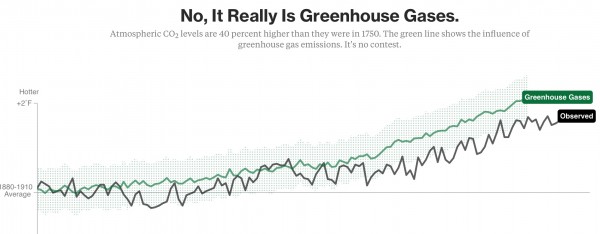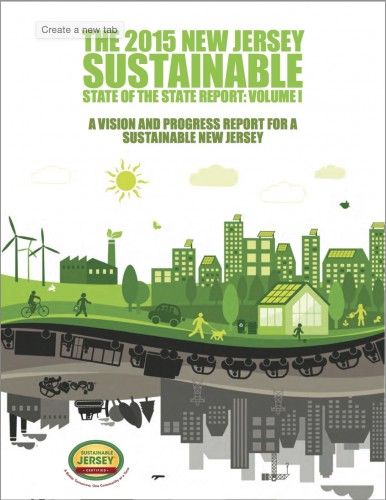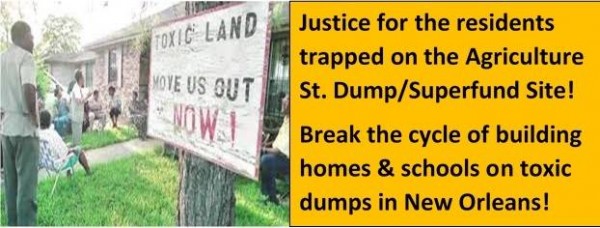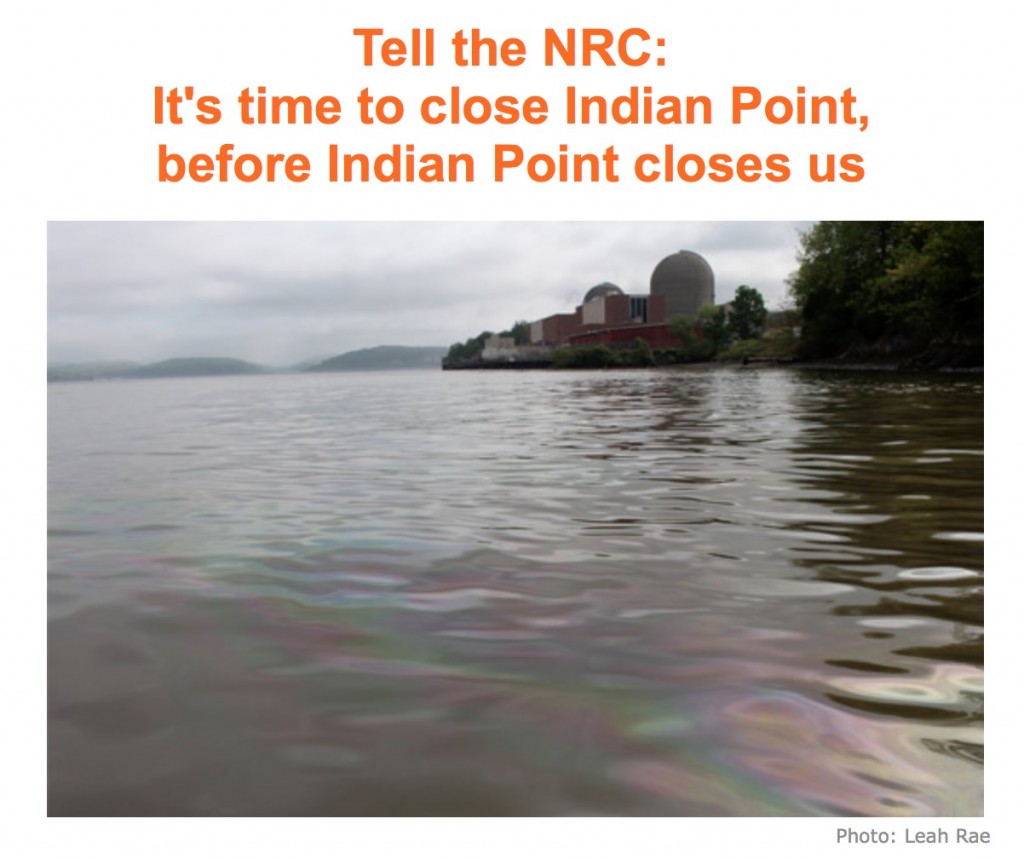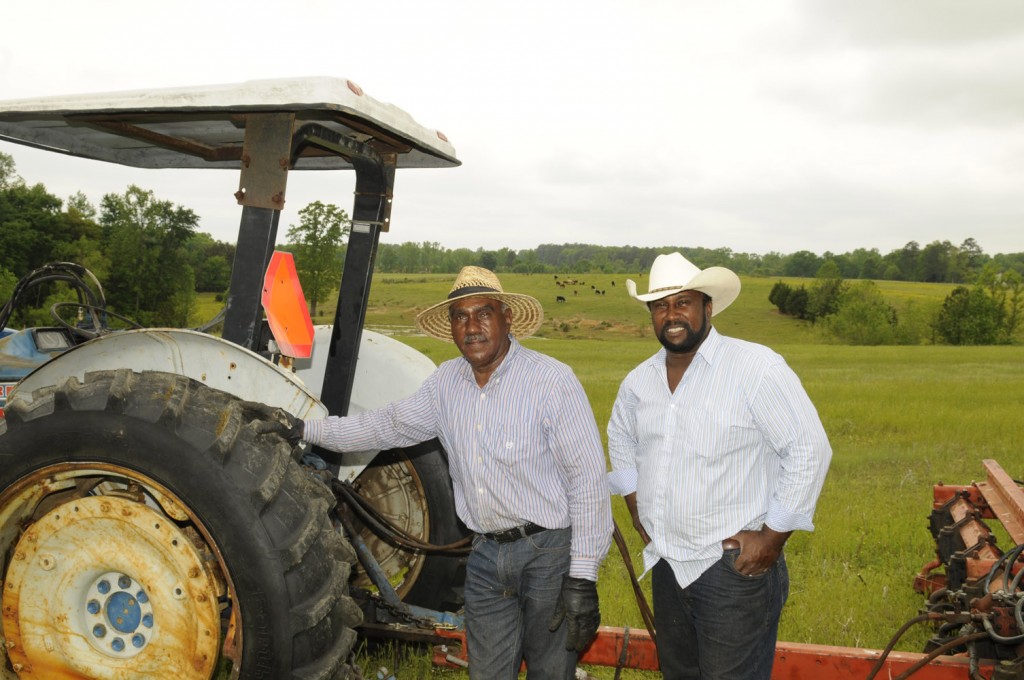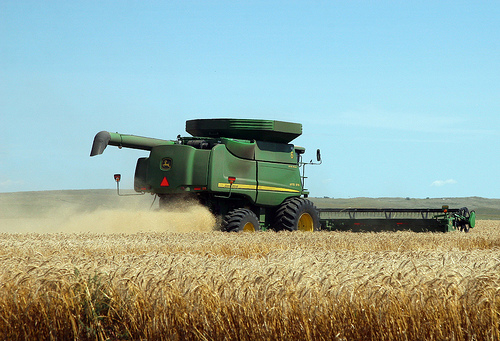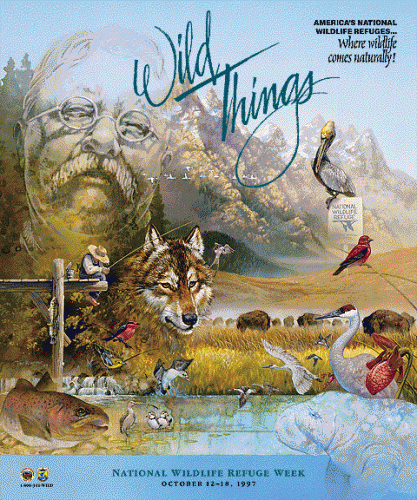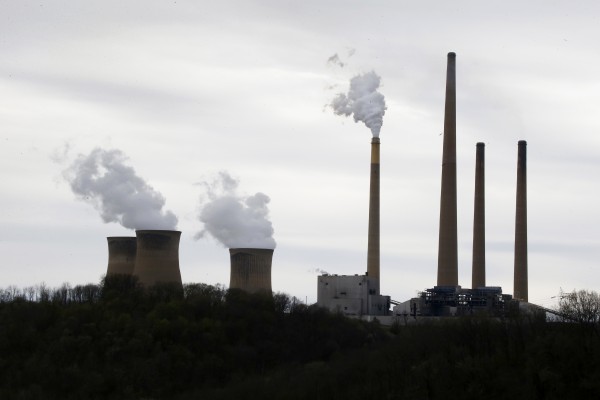
The Court left the standards in place pending further consideration by the US Court of Appeals for the DC Circuit and the EPA. The majority of power plants are already in compliance with the standards, having met them without reported difficulty since April of this year. Because EPA has already evaluated the costs and benefits of the rule, the agency should be able to provide the cost analysis required by the Court in short order.
It is important to note that the Court did not reject the following key conclusions by EPA:
- Power plants are far and away the worst industrial polluters
- Controlling toxic emissions is both technologically and economically feasible
- The resulting pollution reductions will yield between $37 billion and $90 billion in health benefits every year
- The public will receive $3-$9 in health benefits for every $1 that the protections cost the power industry
One in 20 Americans is killed by air pollution, and coal-fired power plants are a big part of the problem. These plants are also the largest industrial source of toxic air pollution by far, responsible for 50 percent of total U.S. emissions of mercury, a potent neurotoxin particularly dangerous to children. Nearly 7 percent of all U.S. women of childbearing age — more than 4 million women — are exposed to mercury at levels harmful for fetal brain development. The standards will reduce mercury pollution from coal-fired power plants by 75 percent.
Earthjustice, on behalf of Sierra Club, Clean Air Council, Chesapeake Bay Foundation and the NAACP, helped defend these health safeguards as respondent-intervenors.
Statement from Jacqui Patterson, Director of the NAACP Environmental and Climate Justice Program:
“Our report, Coal Blooded: Putting Profits Before People, found that the 6 million people living near power plants in America have a significantly lower average income than Americans nationwide, and a disproportionate number are people of color. The financial interests of corporate entities in maintaining the status quo should not trump protection of the health of these communities.”
Statement from Jon Mueller, Chesapeake Bay Foundation’s Vice President for Litigation:
“The polluters fighting this battle are putting their profits ahead of the human health risks from mercury pollution. In the last 15 years, the number of states with advisories warning against consumption of locally-caught fish due to mercury contamination grew from forty states to all fifty, including those around the Chesapeake Bay. We also know that fish consumption advisories have limited utility as angling surveys tell us that local fishermen continue to eat contaminated fish or share fish with others despite the advisories. EPA has the power to protect these people and these waters, and it’s time for the agency to act.”
Statement from Joseph O. Minott, Executive Director and Chief Counsel of the Clean Air Council:
“The Council is disappointed by the Court’s decision not to uphold this rule, which would bring many of the country’s oldest and dirtiest power plants in line with modern standards and allow citizens to breathe cleaner, safer air. It is clear that the benefits to public health and the environment this rule would provide dwarf the costs of implementing it, no matter when in the determination those costs are considered. We hope EPA will work quickly to address the Court’s concerns and issue a revised rule that implements these protections.”
Statement from Lisa Garcia, Earthjustice’s Vice President of Litigation for Healthy Communities:
“The Supreme Court’s decision does not change the importance of EPA’s role in protecting our families and communities from toxic air pollution. The Court gave EPA the ability to finalize these critical public health protections once and for all. Now, EPA must act quickly. Thousands of lives are at stake. Further delay is not an option.”
LEARN MORE
Read the Supreme Court’s decision
Important Legal Issues Raised By National Mining Association V. EPA
